Since losing his sight due to a brain tumour, Brodie Worsley, 11, has struggled with activities other children take for granted.
But as he climbs onto a horse for a riding lesson his face lights up.
Brodie is on a day out organised for blind and deaf children and teenagers from Dundee.
Vision and hearing impairment is isolating for children.
They are often bullied or have few friends. They can find it difficult to do things and go places other children do.
But North East Sensory Services aims to change that, by providing outings tailored to them through its Young People’s Sensory Service.
Over the October holiday, children have also tried curling and have been to inflatable fun park Innoflate.
Horse-riding is Brodie’s favourite and this is his third lesson.
Sitting astride pony Cherry, he says: “My first time I was really nervous. When you get up on the horse it feels quite high but you start riding and it quickly starts to feel normal.
“We did curling as well. It was fun. It was really slippery!”
How deaf and blind children are building confidence in Dundee
Brodie, who uses a white stick, was diagnosed with a brain tumour at the age of six and had a year and a half of chemotherapy.
The tumour irreversibly damaged his optic pathway. He has no vision in his right eye and limited vision in his left.
After his treatment he returned to Claypotts Castle Primary School as he had visual memory of the building and has friends there.
But he struggles with anxiety.
His mum Claire watches as the group trot around an enclosure at Claverhouse Equestrian Centre.
She says it’s only recently that Brodie has been healthy enough to try such activities.
“These are all new experiences for Brodie.
“It’s great that he gets the opportunity through NESS to do all these things, otherwise he would struggle.
“The first time [horse-riding] he was really, really frightened because he has lived in a bubble for the best part of his life.
“Coming out of his comfort zone was a big thing for him because he didn’t really have a childhood for the last six years.
“But the second time, he took to it like a duck to water because he had got over that initial fear.
“He’s made friends through this too who are all in similar situations and have that understanding.”
Amy Donoghue, 17, is one of those friends.
She is blind in her left eye and has limited vision in her right.
The Grove Academy pupil loves riding so much she is back for her fifth lesson.
She says: “It’s really good, you’re up high.
“It’s a different experience and I like animals so it relaxes me.
“I also did curling and we went to Foxlake [East Lothian adventure centre] in the summer.”
Mainstream activities can be difficult for deaf and blind children
When asked if she would find these activities difficult without YPSS she says: “Probably, because I would never do these sorts of things.
“[NESS] is really fun because you get to meet different people.
“I’m learning sign language because there’s a deaf person in my group.”
All the children in Brodie and Amy lesson’s are visually impaired. There’s a lesson straight after for hearing impaired children.
Usually the two groups are together for activities but for riding they are apart due to their different communication needs.
Claverhouse riding instructor Leanne Mackay has adapted her teaching methods to suit the children.
For example, she shows each pupil individually how to make their horse walk by gently pressing their feet with her hand into the animals’ sides.
She says: “I love watching them progress; it’s just amazing to see the difference in them all.
“They all come in and leave with a big smile on their face.”
YPSS is run by NESS young people’s coordinator Diana Daneels
It allows children and young people to try new hobbies and make new friends. Ultimately, it aims to build their confidence.
As well as holiday activities, provision includes a Saturday youth group and a baby sensory group.
Children and young people have also enjoyed paddle boarding, archery and climbing.
Social isolation, says Diana, is a big problem for deaf and blind children.
Being unable to fully participate in mainstream activities can make them feel embarrassed and excluded.
“They simply can’t access the same type of activities as other young people,” she explains.
A bridge for deaf and blind children in Dundee
“They need a lot more time to settle into something. Their confidence is often a lot lower. You need to explain things and take time to build their confidence.
“For other activities in the community, that’s just not there.
“Even though they want to be inclusive they only have so many staff to actually do this kind of thing.
“That’s what we are trying to bridge.
“We always do things within the local community so we are the stepping stone towards that confidence building.
“If they become confident enough, hopefully they will come to these kinds of activities by themselves too.”
Indeed some of the group intend to continue riding lessons at Claverhouse independently.
Another aim of YPSS is to bring blind and deaf children and teenagers together.
“Often these kids don’t have friends,” says Diana.
“They can be severely bullied at school.
“We want them to come and meet other people like them who have the same issues and to make friends.”
And friendships have already formed within the group.
When Brodie did Dundee Kiltwalk in August, Amy was there to cheer him on.
“It’s really nice to see these dynamics grow,” says Diana.
YPSS was launched in Dundee last May following the success of a similar service run by Diana for 10 years in Grampian.
More information about the service can be obtained by emailing Diana.
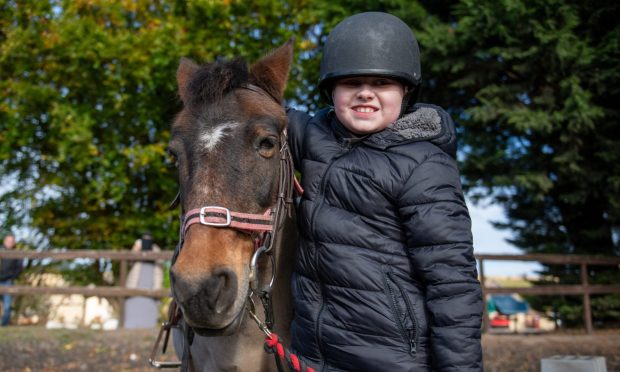
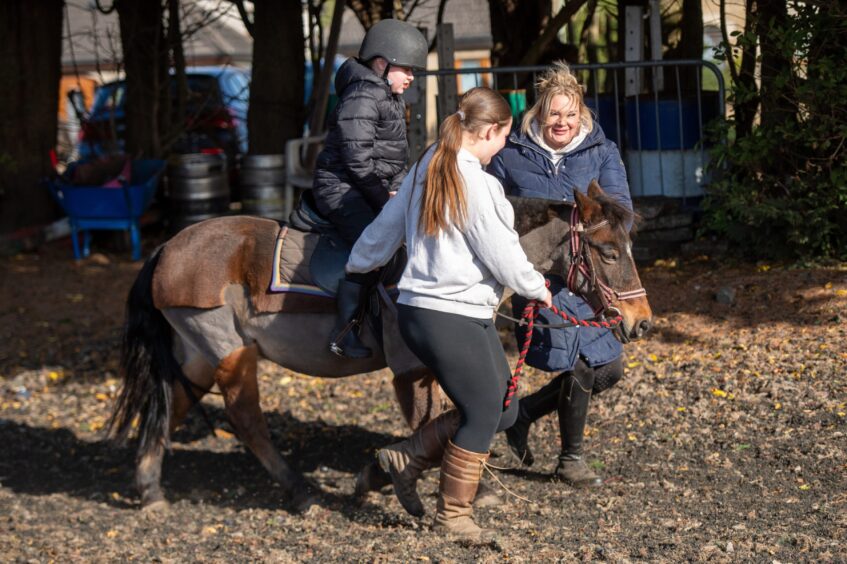
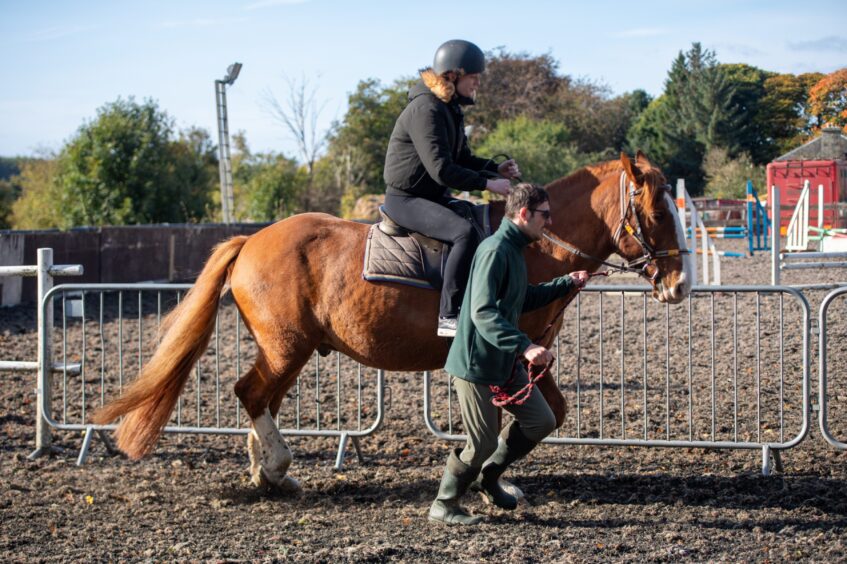
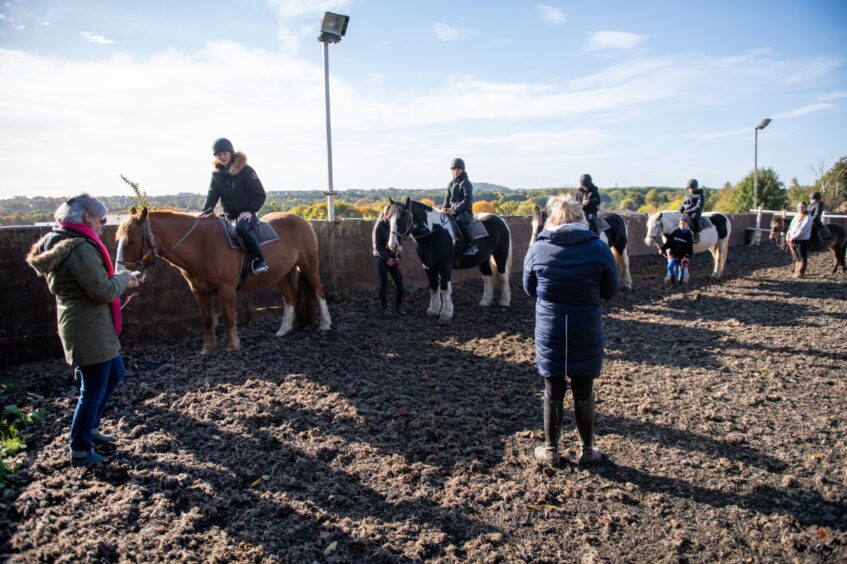
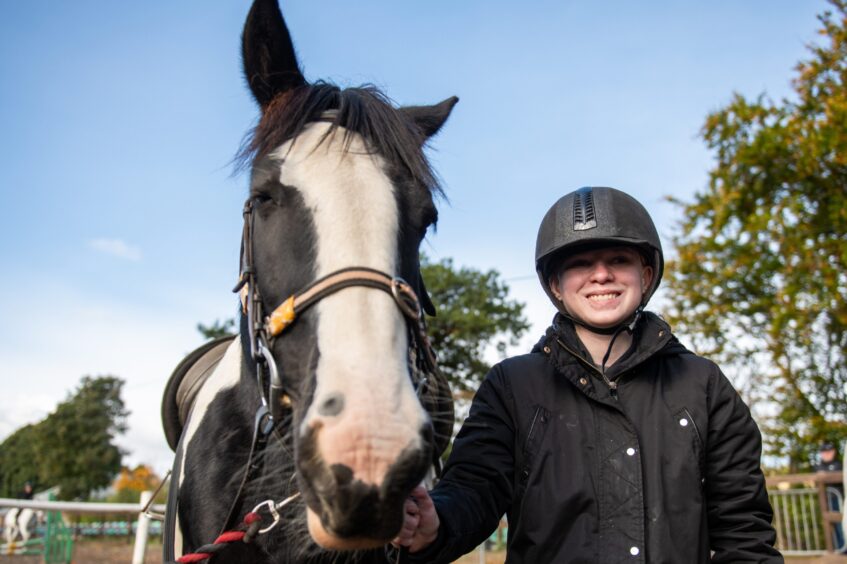
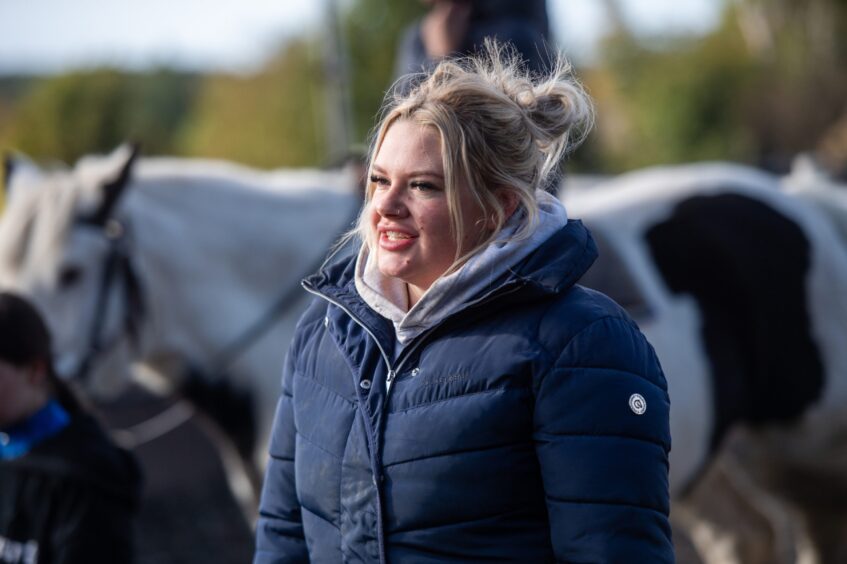
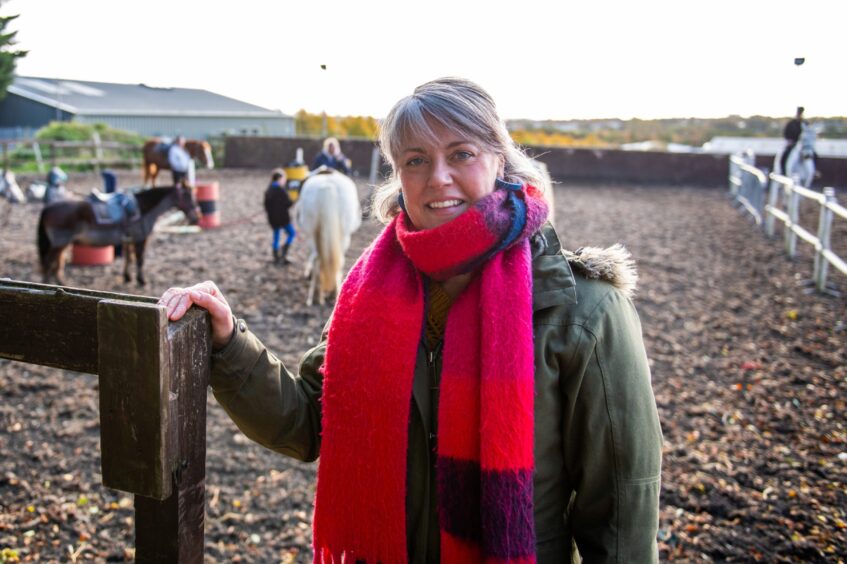
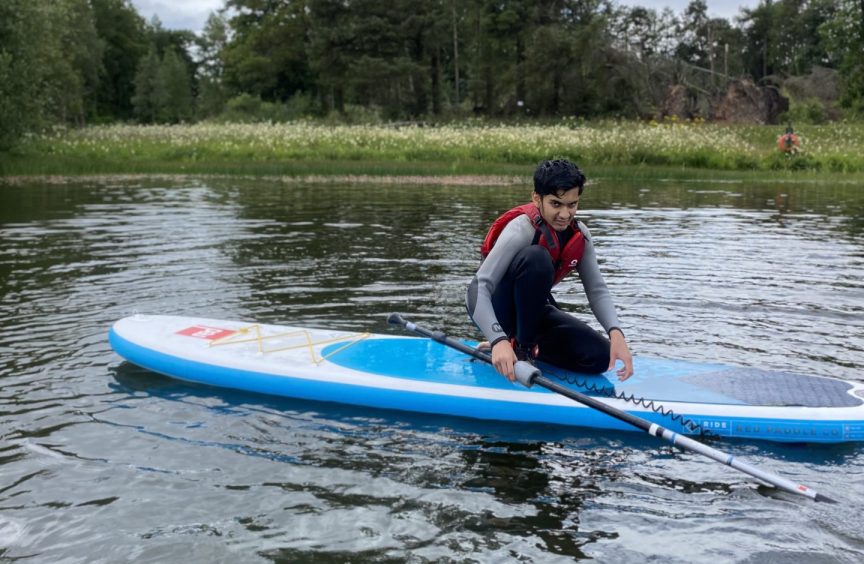
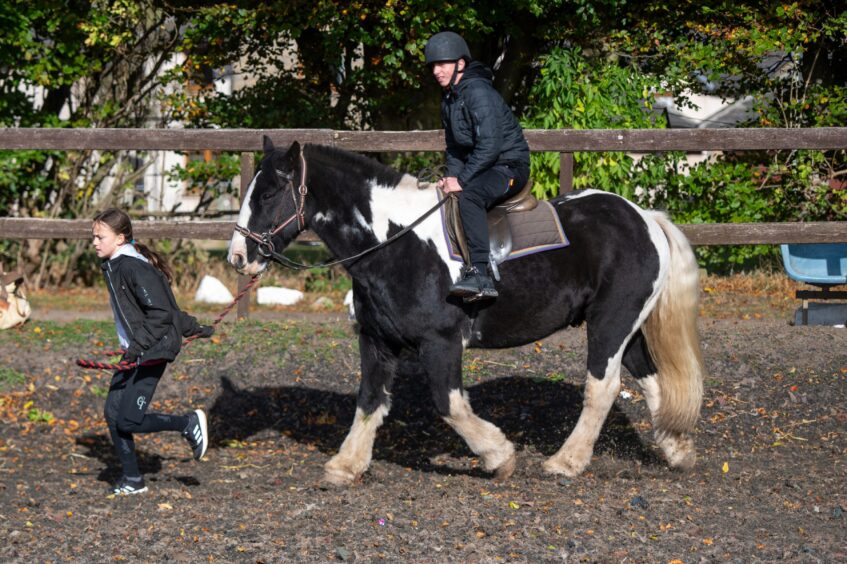
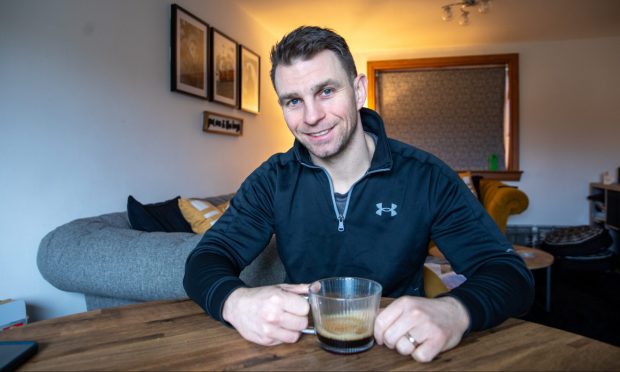

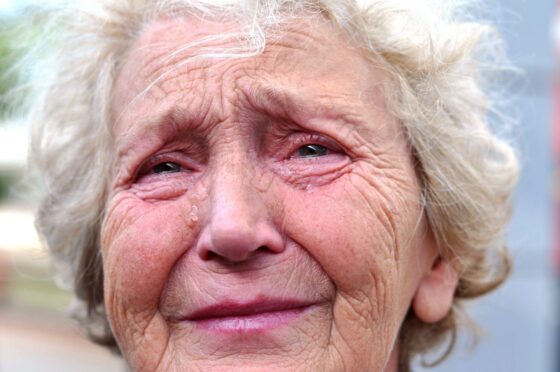
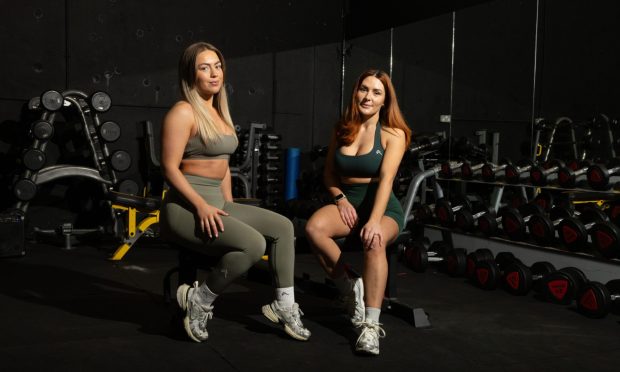
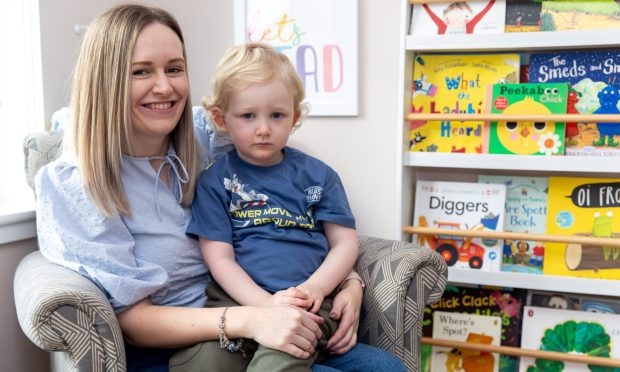
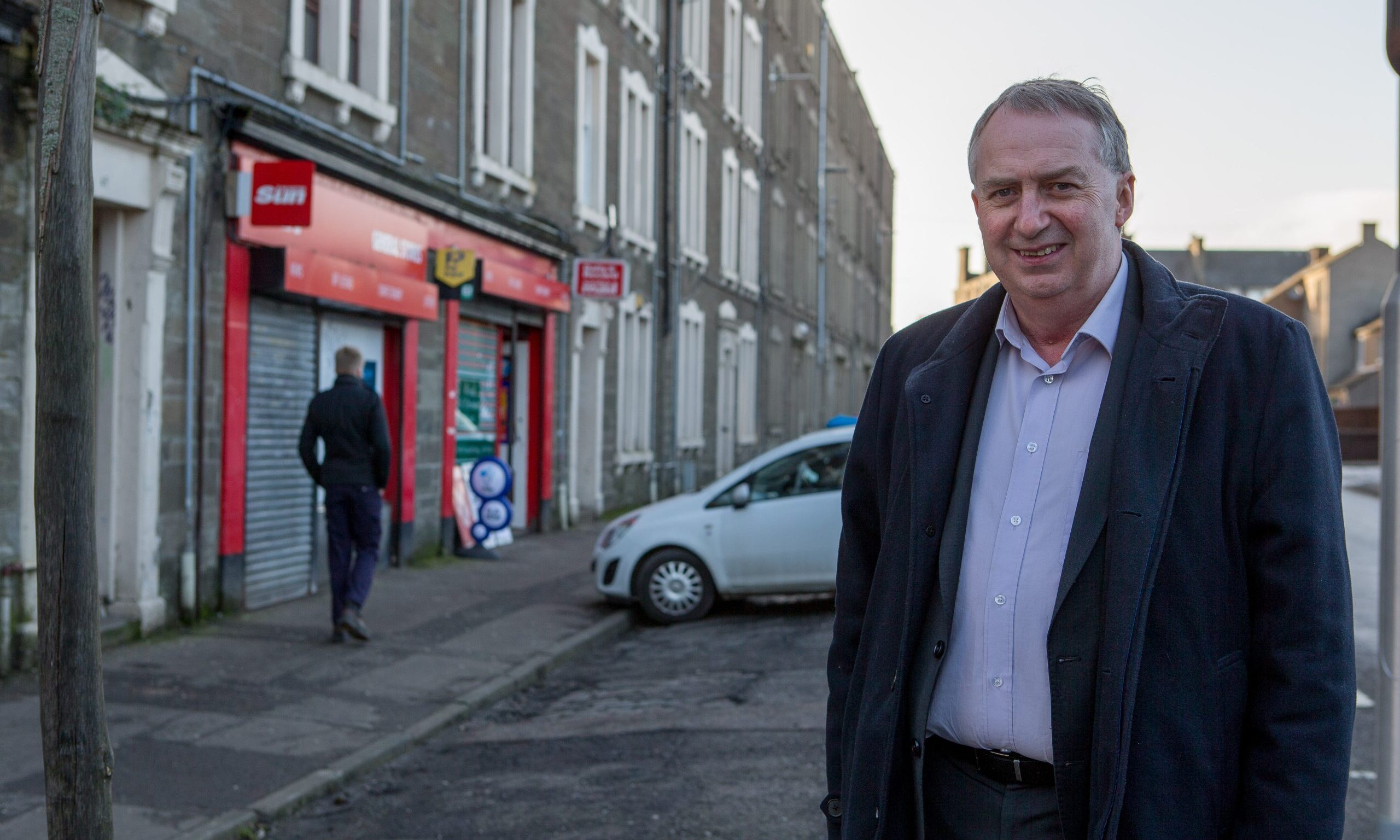
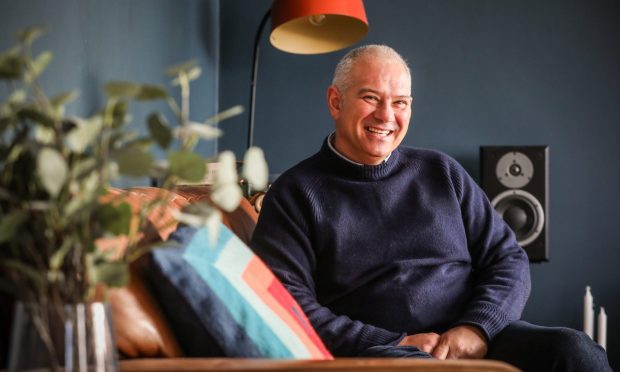
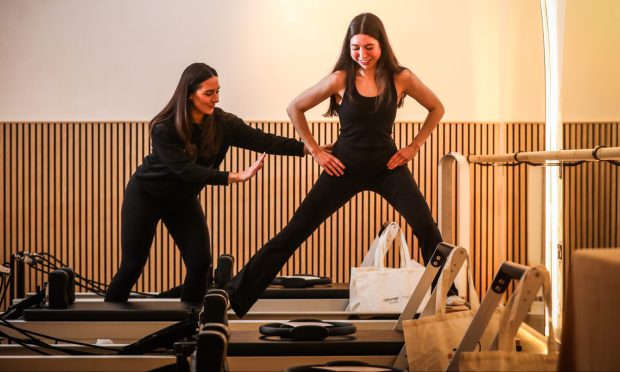
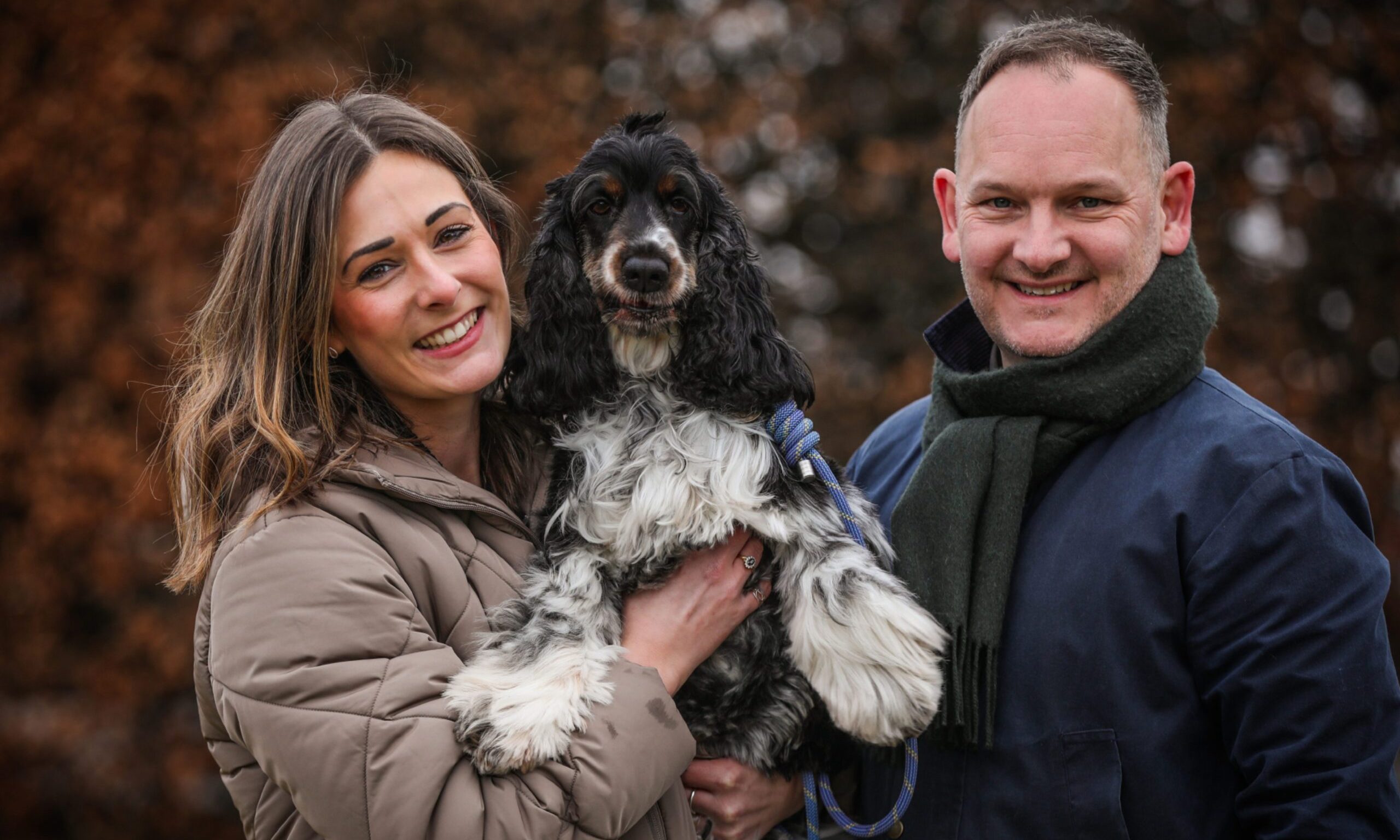
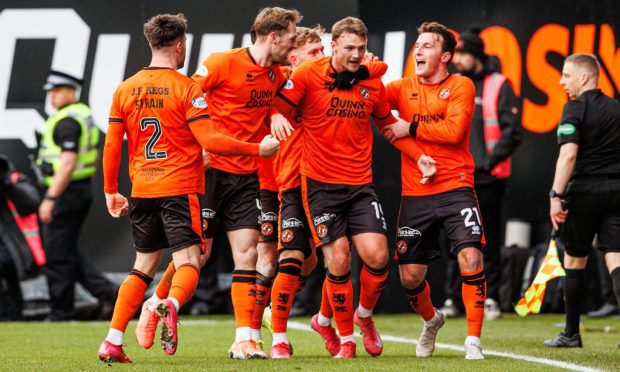
Conversation